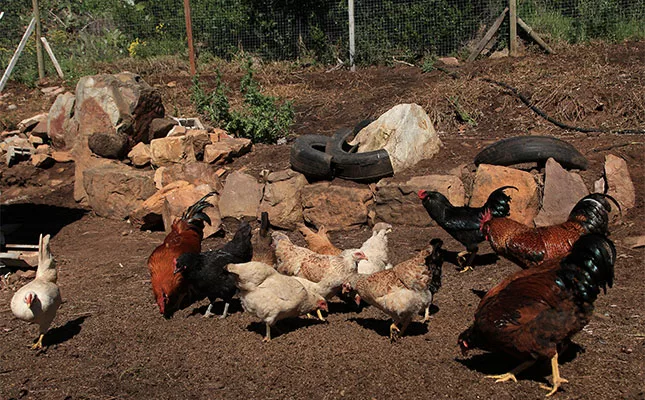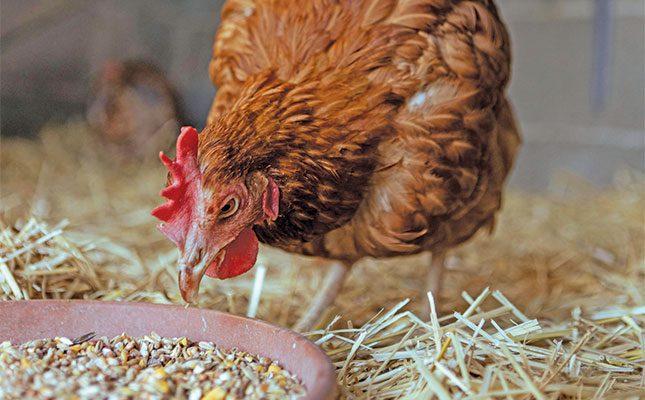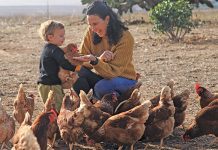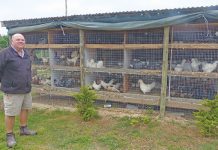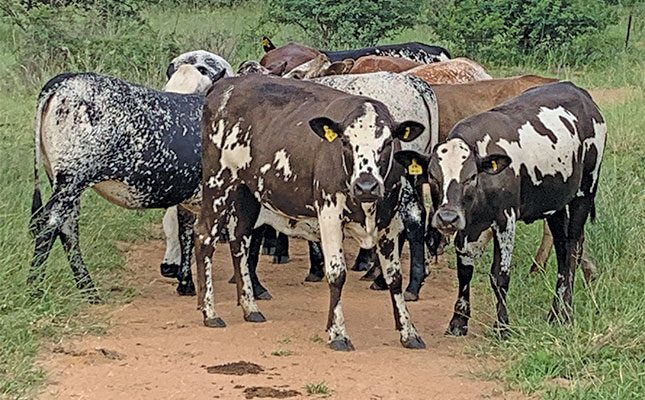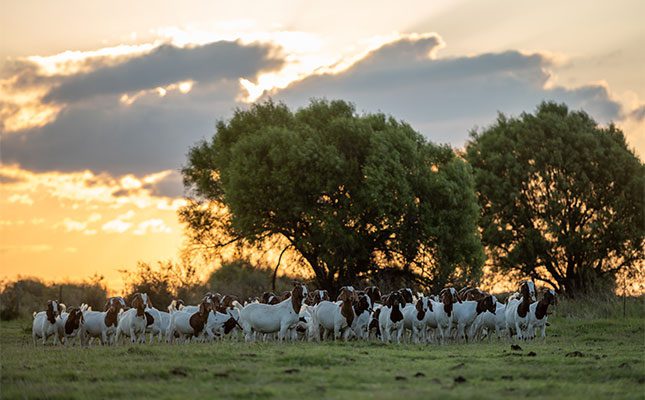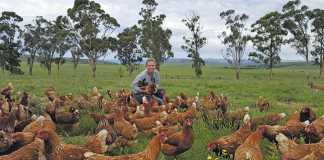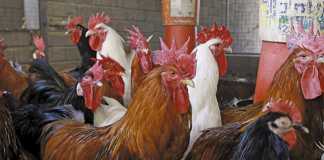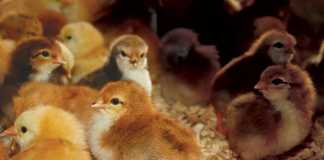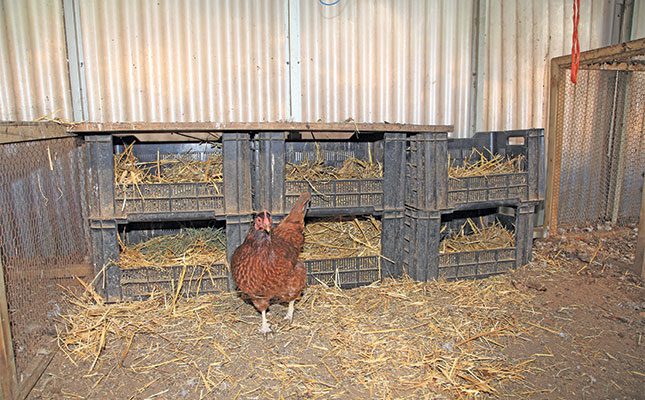
Photo: Glenneis Kriel
For many aspiring farmers, poultry offers one of the quickest ways to turn a profit. Birds grow fast, markets are almost everywhere, and start-up costs can be surprisingly low if you are careful. Small-scale producers across the country are proving that you don’t need a fortune to get started – just a plan.
How a simple start can grow into much more
Take Angelo Marman, for example. A few months ago, he added a modest flock of broilers and layers to his vegetable fields, hoping the birds would help with pest control and enrich the soil.
READ Navigating the legal landscape for emerging poultry farmers
What started as a side project quickly grew into something more. The chickens proved so lucrative that he persuaded his sister and father to start their own operations.
“I have found farming chickens to be the easiest and quickest way to generate extra farm income, especially if they are free range and people buy the live birds or eggs directly from your farm,” he says.
Today, Marman manages 730 Ross broilers, bought as day-old chicks for R12 each, along with 45 Lohmann and Silkie layers purchased at point-of-lay for about R120 each.
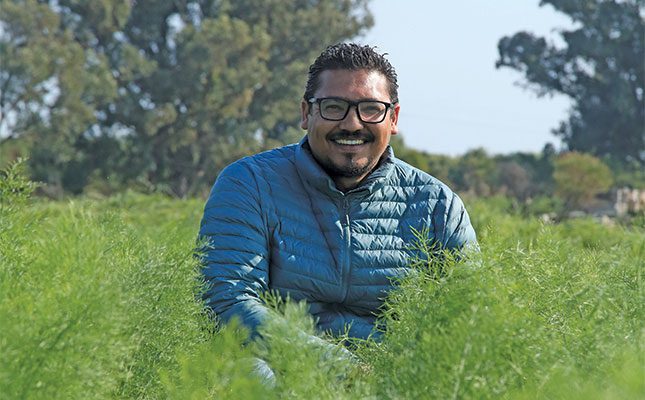
By letting the birds scavenge in the fields and supplementing their diet with vegetable waste, he keeps feed costs to just R45 to R50 per broiler. The layers also receive crushed eggshells and seashells for calcium.
Within six to seven weeks, the broilers reach 2,8kg to 3kg, selling at around R100 per bird.
But the money, Marman insists, only comes if the birds stay healthy.
“You need to practise good hygiene and biosecurity to keep your chickens healthy and have a mortality rate below 5%. I also add aloe to their water, as it acts as a natural antibiotic and helps with parasites.”
The work is also demanding. On cold winter nights, Marman wakes at two in the morning to check on the chicks under their heat lamps.
“It’s not glamorous, but for me the rewards far outweigh the effort,” he says.
From an aside to full-time business
Marman is not alone in this. Jo-andra Cloete, owner of Our Poultry Place, began farming with 300 broilers while on maternity leave in 2016, selling them to the Mfuleni, Western Cape, community at six weeks old.
With no prior experience in broiler production, she relied on online research and, by chance, met a poultry nutritionist who became an invaluable guide. Her small venture grew quickly, allowing her to leave her day job, spend more time with her children and expand the poultry business.
During the COVID-19 pandemic, Cloete noticed how difficult it was for small and emerging farmers to source chicks, so she began supplying them with day-old broilers, feed, equipment and advice.
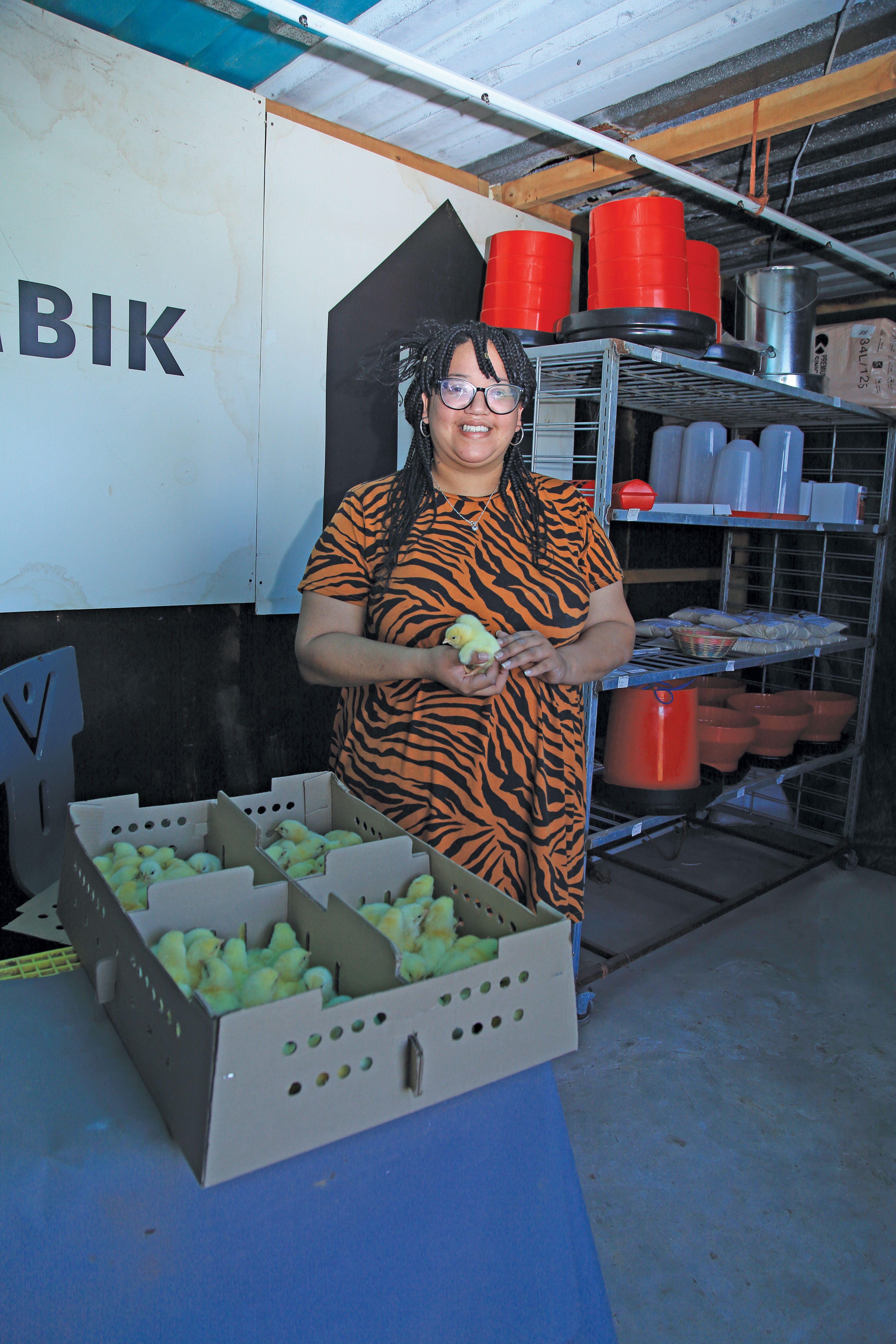
By 2019, she moved operations to Joostenberg Vlakte to expand production. Today, she mentors over 1 000 farmers, hosts two production training sessions a year, supplies 8 000 to 12 000 day-old-chicks, and 4 000 to 6 000 broilers every six weeks.
Cloete offers starter packs that include everything from vaccinated chicks to feeders, drinkers, feed and treatments, priced from R3 425 for 50 chicks up to R5 900 for 100. Equipment and feed can also be bought separately.
She stresses that housing is essential to protect the birds from weather, predators and theft, but this can be made cheaply with scrap materials until farmers can invest in more permanent structures.
“It’s really easy to sell broilers,” she says. “Farmers can sell live birds locally for a healthy profit or have them slaughtered and packaged, though the latter increases costs and may be less lucrative for beginners.”
Commercial layer production
Achmat Brinkhuis, who started Chamomile Farming in Philippi, Western Cape, with his wife Wadea Jappie, began with just five layers. Today, their operation has grown to 35 000, but he points out that it took nearly 20 years to reach that scale.
His top advice for aspiring farmers is simple: do your homework. “Many people want to produce eggs or broilers, but they don’t fully understand the value chain and overlook lower-risk opportunities in distribution, packaging, sales, or raising chicks.”
If you really want to be involved on the farming side, also consider the differences between broiler and layer production. Layer production, he says, is much riskier as the birds are kept for longer, whereas broilers are sold around six weeks of age.
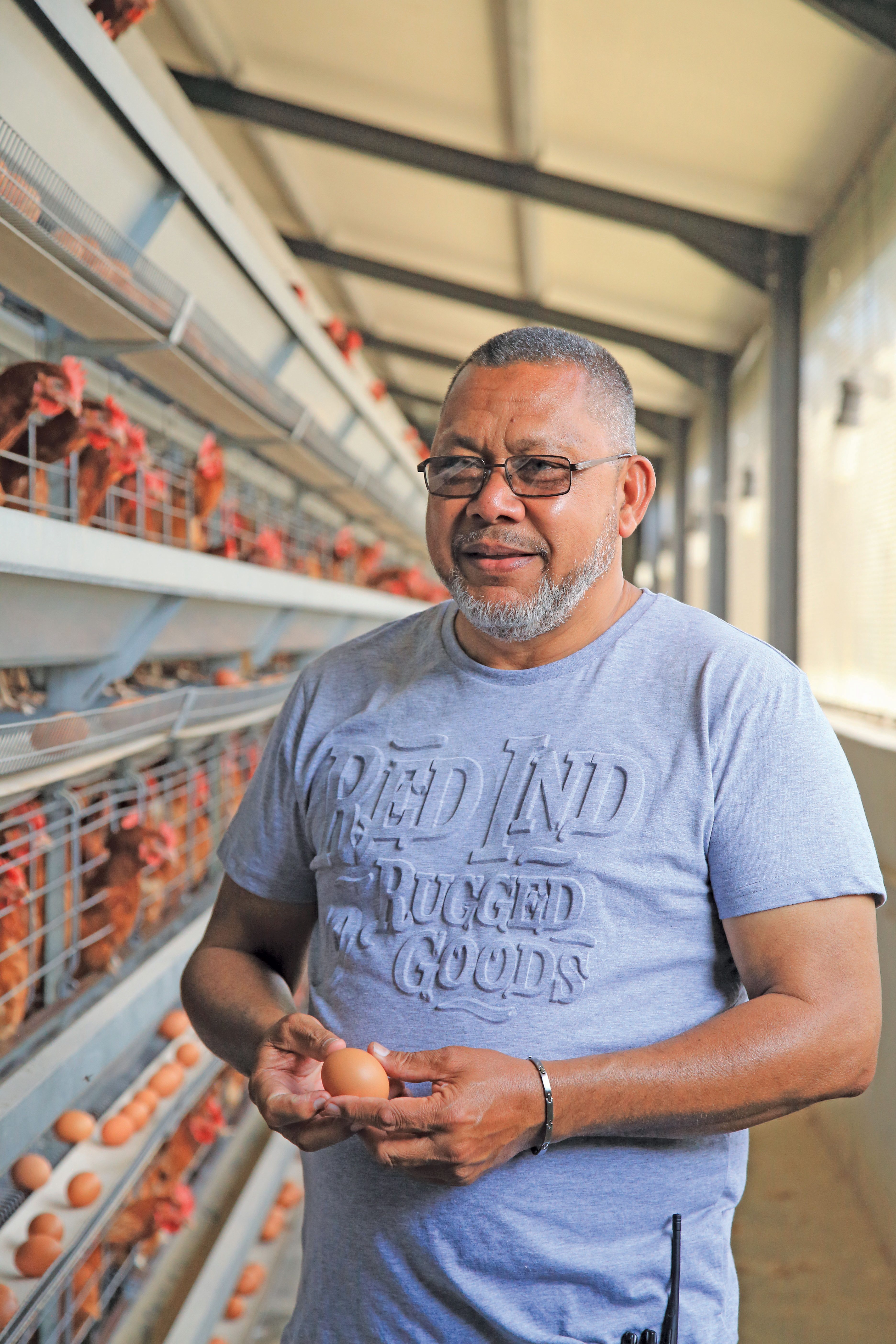
“Keeping broilers a day longer will start eating into your profits,” he says.
Once you’ve decided to farm with poultry, investigate the market potential, and ideally secure a market for your eggs or broilers before producing anything.
“This is easier said than done, as it’s hard to persuade people of your potential when you have nothing to show,” Brinkhuis admits.
Farmers also need to understand the production side. “You must ensure you have water of the right quality and the capital to supply your birds with the correct feed at the right time, as rations depend on the birds’ age and production stage. Along with this, you need to be able to identify and manage diseases before they get out of control.”
Training is essential. Brinkhuis recommends courses to equip new farmers with the skills to raise layers or broilers. Joining commercial suppliers’ or buyers’ programmes can provide guidance, though access is often difficult without sufficient volumes or a proven track record.
He also suggests seeking mentorship from farmers who built successful operations from scratch.
“Inheriting a farm and staying profitable is one thing; starting from nothing and making it work is another entirely. You will hit your head again and again, and progress is slow.”
Additionally, there is also value in joining commodity organisations. “These groups provide training, support and networking opportunities. They can help you access better markets, stay updated on industry standards and trends, and learn from others’ experiences – resources that are invaluable for new entrants trying to build a successful poultry business on a budget.”
Joining the South African Poultry Association (SAPA) can also help farmers avoid scammers, as SAPA maintains a list of reputable suppliers.
“We hear ‘horror’ stories almost daily of someone losing money in some poultry scam, ranging from feed and equipment sales to the birds themselves. A typical scam is selling day-old layer roosters as broilers. Victims may only realise the mistake after weeks of trying to get these birds to grow.”
Boschveld chickens
To make production even less risky, some farmers are turning to hardier breeds like the Boschveld chicken, a synthetic breed developed by Mike Bosch near Bela-Bela in Limpopo from the Venda, Ovambo and Matabele chicken breeds.
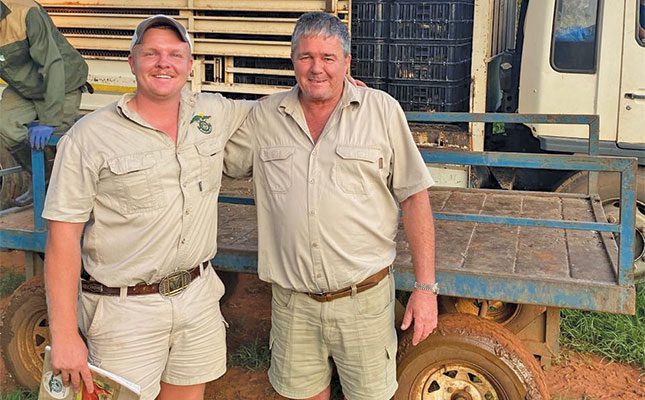
“I first brought indigenous chickens to help control ticks in my Beefmaster and Boran herds,” he recalls. “It worked, as I reduced the number of times I had to dip the cattle from 26 to just eight a year.”
Of the first 100 birds he left in the veld without shelter, food or water, 65 survived. Bosch used these hardy survivors as the foundation for what has become known as the Boschveld breed that is now used widely across South African dairies to help control ticks and in vineyards to help fight insect problems.
The breed is sought after because of their ability to thrive under harsh African conditions, only needing external heat during the first 10 days of their lives, and their inbred hardiness, which helps them withstand poultry disease.

“The day-old-chicks are vaccinated against Newcastle and Marek’s disease, and we supply buyers with a vaccination, medication and monitoring programme to ensure the health of the birds and success of the farmers,” Bosch says.
He adds that they have never heard of any of these birds contracting avian influenza, even though they have sold more than 12 million chickens to date in 20 countries, including South Africa.
The cocks are also strong and aggressive, which helps them scare away predators.
Additionally, the birds can thrive on very little, though Bosch notes they will be more productive and reach slaughter weight earlier if they receive some maintenance feed.
Egg production starts at 20 weeks, with hens producing about four eggs a week for two-and-a-half years.
The cocks weigh about 1,7kg at 12 weeks of age and 2,6kg at 20 weeks. Day-old chicks sell for about R16 each, and cost roughly R75 to feed up to 18 weeks of age. From then on, layers should receive about 120g of feed per day. Asked how lucrative these birds are, Bosch says his preferred package for new farmers includes 50 chickens for R800, excluding VAT and transport, with a mixture of vegetable seed at around R600, also excluding VAT and transport.
He explains that this package allows farmers to start a vegetable garden on as little as 16m², which can supply enough vegetables to feed a family of four for a year. Combined with the chickens, which provide pest control and natural fertiliser while supplying protein and meat, and solar panels and a power pack for heating the chicks during the first few days of production, this creates a sustainable system.
Bosch says this type of package, combined with solar, allows farmers in Malawi to be self-sufficient and generate about US$250 per month (about R4 300) through sales of surplus vegetables, meat and eggs, while also earning income by letting people use their solar pack for charging services.
The bottom line
From Marman starting small alongside vegetables to Brinkhuis scaling up to supply thousands, these stories prove one point: poultry can be started on a budget, expanded gradually and adapted to local conditions.
For aspiring farmers, the message is clear: start small, keep costs low, focus on bird health and housing, and scale as demand grows. The entry point may be modest, but with care and planning, the results can be transformative.
Visit Our Poultry Place at ourpoultryplace.co.za, Chamomile Farming at chamomilefarming.co.za, or Boschveld Chickens at boschveld.co.za.

